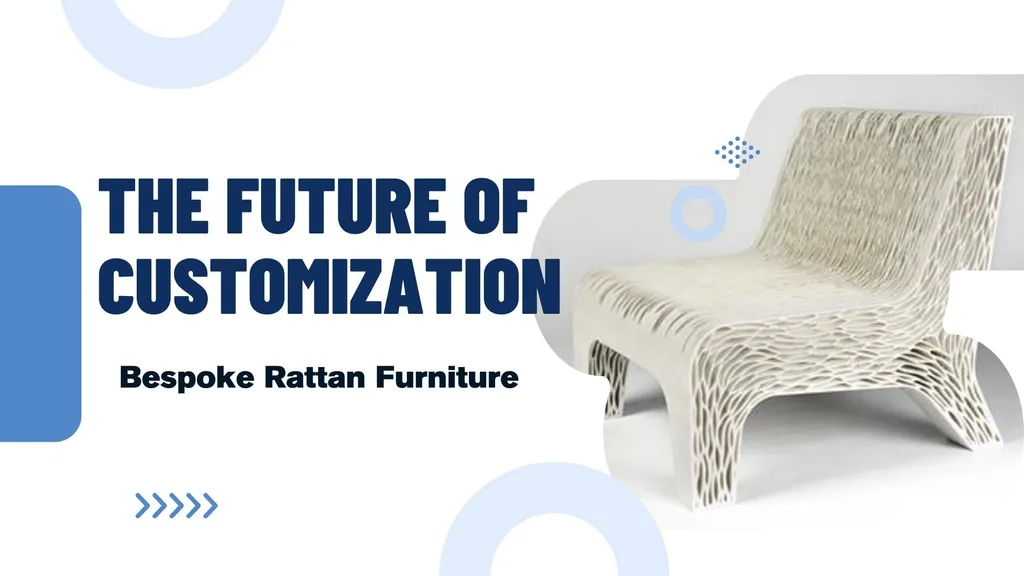Contents

In today’s eco-conscious world, bamboo products have gained traction as sustainable alternatives to conventional materials, spanning stylish furniture to practical household items. To thrive in this dynamic market, businesses must go beyond offering quality products—they need to connect with consumers through strategic market segmentation. By tailoring campaigns to specific audience segments, companies can boost engagement, drive conversions, and foster loyalty. This blog explores how geographic, demographic, psychographic, and behavioral segmentation can help bamboo product marketers position themselves as leaders in sustainable living.
Why Market Segmentation Matters for Bamboo Products
Market segmentation enables businesses to understand diverse consumer needs and craft targeted strategies that resonate. For bamboo products, this means addressing distinct groups, like eco-conscious millennials seeking sustainable solutions or design-focused urbanites craving innovative bamboo furniture. Segmentation sharpens marketing focus, optimizes resources, and informs product development. For example, avant-garde designs appeal to urban consumers, while cost-effective, functional items attract rural buyers. This approach creates a competitive edge, aligning offerings with consumer expectations and enhancing brand loyalty.
Types of Market Segmentation for Bamboo Products
Geographic Segmentation
Geographic segmentation highlights regional differences in bamboo product demand. In the Asia-Pacific, where bamboo is deeply rooted in culture, traditional crafts and modern designs thrive. Latin America, with its rich bamboo ecosystems in countries like Brazil, shows growth potential for industrial applications. In Africa, local communities leverage bamboo for construction and crafts. Tailoring marketing to these regional preferences ensures relevance and avoids generic strategies.
Demographic Segmentation
Bamboo consumers vary widely by age, income, and lifestyle. Millennials prioritize eco-friendly products, while higher-income buyers seek luxurious bamboo furniture for its craftsmanship. Lower-income segments value bamboo’s affordability for practical uses, like construction or household goods. Urban dwellers embrace bamboo’s aesthetic versatility, while rural consumers appreciate its durability. By aligning offerings with these demographic traits, businesses can enhance engagement and conversions.
Psychographic Segmentation
Psychographic segmentation taps into consumers’ values and lifestyles. Bamboo buyers often prioritize sustainability, minimalism, and health-conscious living. They align with brands that reflect these values, seeking products that support eco-friendly lifestyles. For example, adventurous, wellness-focused consumers are drawn to bamboo’s natural properties, while DIY enthusiasts value its versatility. Marketing that resonates with these values fosters deeper connections and brand loyalty.
Behavioral Segmentation
Behavioral segmentation focuses on how consumers interact with bamboo products. Many prioritize ethical sourcing and rely on social proof, like peer reviews or influencer endorsements. Loyal customers integrate bamboo into multiple aspects of their lives, from kitchenware to clothing, viewing it as a lifestyle choice. Seasonal trends, such as spikes during Earth Day, offer promotional opportunities. Understanding these behaviors allows brands to craft personalized campaigns that drive engagement.
Analyzing Consumer Needs and Preferences
Consumers choose bamboo for its sustainability, durability, and aesthetic appeal. Eco-conscious buyers seek toxin-free, environmentally friendly products, while others value bamboo’s design versatility for stylish, functional solutions. Its durability makes it ideal for furniture and construction, appealing to those prioritizing longevity. By aligning products with these preferences, businesses can meet both practical and aspirational consumer needs.
Competitive Analysis in the Bamboo Market
Leading bamboo brands differentiate themselves through innovation and sustainability. Emphasizing eco-friendly credentials, leveraging digital platforms, and partnering with influencers are key strategies. Certifications and sustainability narratives further enhance competitiveness. By analyzing competitors, businesses can identify opportunities to stand out through unique designs, innovative marketing, or targeted campaigns.
Tailoring Marketing Strategies for Bamboo Segments
Effective marketing customizes strategies to segment-specific needs. For construction, highlight bamboo’s strength and eco-benefits. For textiles, emphasize softness and sustainability to attract fashion-conscious buyers. Pricing should reflect regional dynamics—competitive in Asia-Pacific, premium in Western markets. E-commerce and local partnerships expand reach, while influencer endorsements and certifications build trust. These tailored strategies deepen consumer connections and drive growth.
Measuring ROI and Campaign Effectiveness
Measuring ROI involves tracking metrics like Customer Acquisition Cost (CAC), Return on Ad Spend (ROAS), and customer lifetime value. These reveal campaign efficiency and long-term engagement. Incorporating consumer feedback refines messaging, while sustainability-focused calls to action strengthen campaigns. By analyzing these metrics, businesses can optimize marketing efforts and ensure sustainable growth.
Future Trends in Bamboo Market Segmentation
As sustainability gains prominence, segmentation will focus on eco-conscious narratives, especially for millennials and Gen Z. Regional adaptations will cater to local preferences, while functional segmentation will target specific uses like textiles or construction. By embracing these trends, businesses can stay relevant and engage consumers with evolving values.
Market segmentation is a powerful tool for bamboo product marketers, enabling authentic connections with diverse audiences. By leveraging geographic, demographic, psychographic, and behavioral insights, businesses can craft campaigns that resonate, driving loyalty and growth in the eco-conscious market. Companies like Ethical Handicraft Manufacturer (EHM) exemplify this approach, aligning innovative bamboo products with consumer values to lead the sustainable living movement.





